Minds On
Investigate
Let’s investigate the following image and description. Sometimes, our observations don’t tell us enough and we need to stay curious, continue to ask questions and conduct research.
Examine the map below that shows global access to clean drinking water. What do you notice? What do you wonder? Record your ideas orally, digitally, in print, or in another method of your choice.
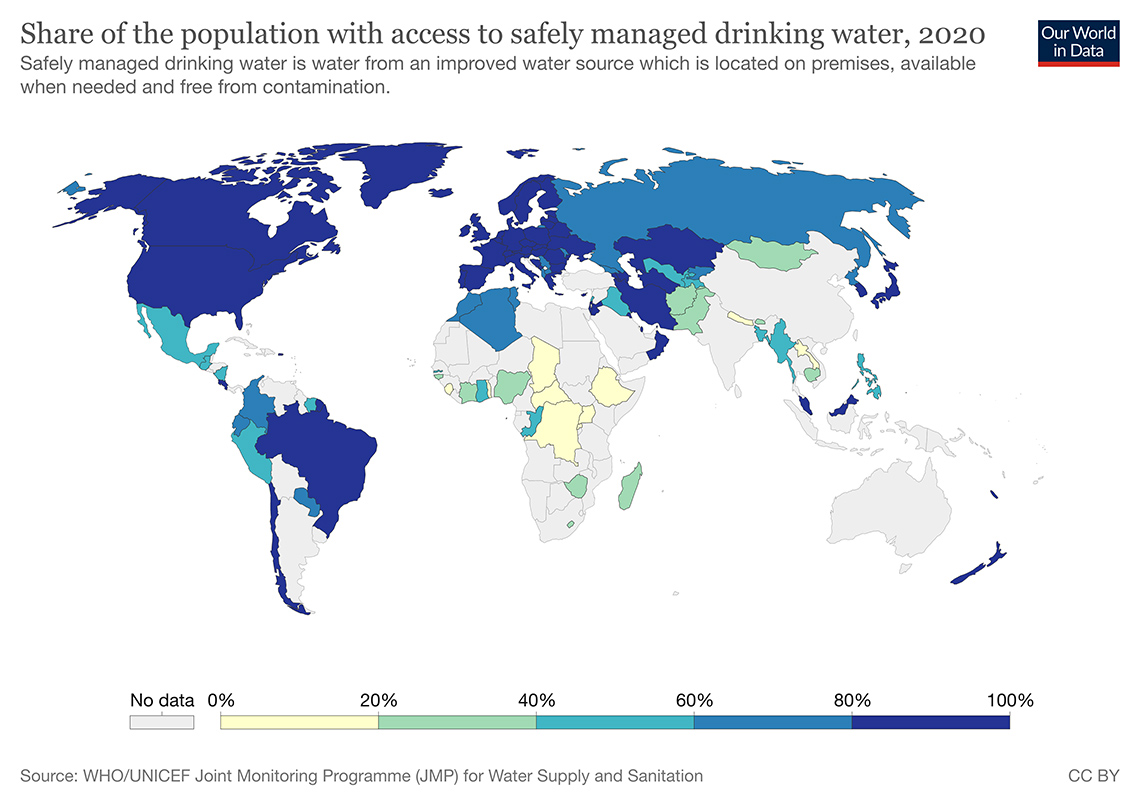
This map of the world shows the % of populations around the world that have access to safely managed drinking water. There are close to 10 countries that are listed as 0-20% of their populations with access to safely managed drinking water, including countries in Asia and Africa. Between 7 and 10 countries are within the range of 20–40%. These include countries in Asia and Africa. Approximately 12 countries are listed as being in the 40-60% range. These include countries in South America, Mexico, Asia and Africa. Approximately 10 countries are listed as being within the 60-80% range, including countries in South America, Africa, Asia and the country of Russia. Between 25 and 30 countries are within the 80-100% range including Canada, United States, countries in Asia, Europe and also including New Zealand. There are many countries that are listed as having no data.
Action
Indigenous worldviews and water preservation

Water is necessary for all human and animal life on Earth. Indigenous peoples have long understood the importance of water and that it is each and every person’s responsibility to protect water for future generations. Social teachings and laws surrounding water sustainability vary across nations and communities. Arguably, Indigenous social teachings about methods for protecting the Earth are important for the development of sustainable laws and regulations. In the following quote, Doctor Evelyn Steinhauer, member of Saddle Lake Cree First Nation, shares her ideas about the interconnectedness of all living things.
“All things and all people, though we have our own individual gifts and special place, are dependent on and share in the growth and work of everything and everyone else. We believe that beings thrive when there is a web of interconnectedness between the individual and the community, and between the community and nature. Everything we do, every decision we make, affects our family, our community, it affects the air we breathe, the animals, the plants, the water in some way. Each of us is totally dependent on everything else.”
–– Dr. Evelyn Steinhauer
This knowledge, like that shared by Dr. Evelyn Steinhauer, comes from the long history of Indigenous peoples living on the land, with each generation learning about the specific waters, lands, and ecological factors that exist within their traditional territory. Indigenous knowledge and social teachings passed down from generation to generation reflect the understanding that all living things are connected. Many Indigenous teachings express that everything has a spirit, including the land, the waters, as well as humans, fish, and animals. This perspective is much different than that of western science and the idea that the land and waters are resources to be extracted and used. Indigenous science and knowledge hold the belief that the land and water are our relatives and are to be treated respectfully and not used to excess.
Indigenous peoples have long understood the significance of protecting the Earth. Many Indigenous communities have ceremonies to celebrate and give thanks for all that the Earth has given, including the waters. These ceremonies acknowledge and give thanks for upcoming changes in weather patterns and harvesting activities. Giving thanks and honouring the relationships with Mother Earth and the waters remains an important part of Indigenous life today as many nations and communities still practice gratitude through prayer and as part of ceremonies.
Inquiry: Investigating water and sanitation issues in Canada
Begin by exploring the videos below. As you are exploring, take jot notes of important information that you notice in the organizer provided, or record your ideas in another method of your choice. Please note this video at times references Indigenous peoples as Aboriginal peoples.
Access this video entitled Water Everywhere But Not a Drop to Drink to learn more about water issues on reserves.
Access the following fillable and printable document Video organizer 1 or use another method of your choice to keeps notes on the video Water Everywhere but Not a Drop to Drink.
| Water Everywhere But Not a Drop to Drink |
|---|
Press the ‘Activity’ button to access Video organizer 1.
After you have finished taking notes, press ‘Answer Key’ to access some suggested answers.
Water Everywhere But Not a Drop to Drink
- Water is considered a living entity that must be respected.
- Water is the foundation of the living world around us and our relationship with the world.
- We need to protect the water whenever possible.
- First Nations reserves are all located on or near water, but that water is not fit to drink.
- People on reserves are 90 times more likely to be without clean running water, which causes health risks.
- Children are getting sick and dying from a lack of safe drinking water.
Safe drinking water on reserves
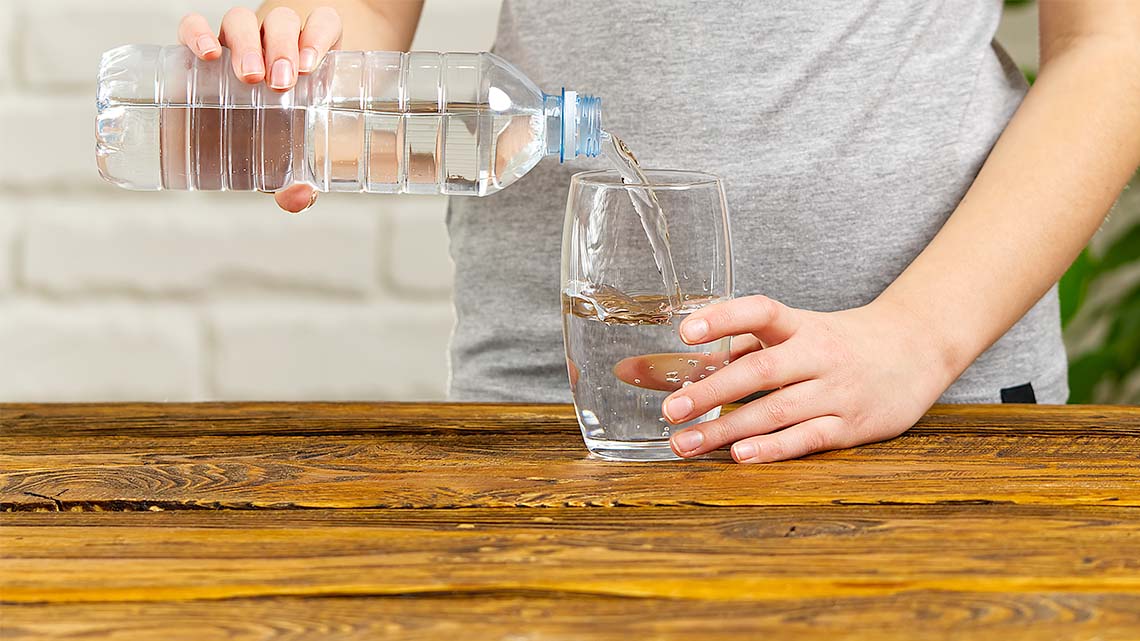
For thousands of years, Indigenous peoples survived and thrived on the lands across Turtle Island. However, as more European people settled in Canada, the amount of pressure put on the natural resources that Indigenous people depended on increased substantially. Natural water resources were overused and polluted by run-off, industrial pollutants and activities, and human waste.
To make way for incoming settlers, the colonial governments forcibly relocated many First Nations, Métis, and Inuit communities. These communities were relocated so that the new European settlers could have access to fertile farming land and natural water sources. As a result, Indigenous communities were moved to less desirable regions. These undesirable regions often had limited access to a clean water supply and the land was generally infertile land, which meant the Indigenous people were unable to sustain crops or vegetation or access clean and safe water.
Safe, clean water is still not available on all reserves
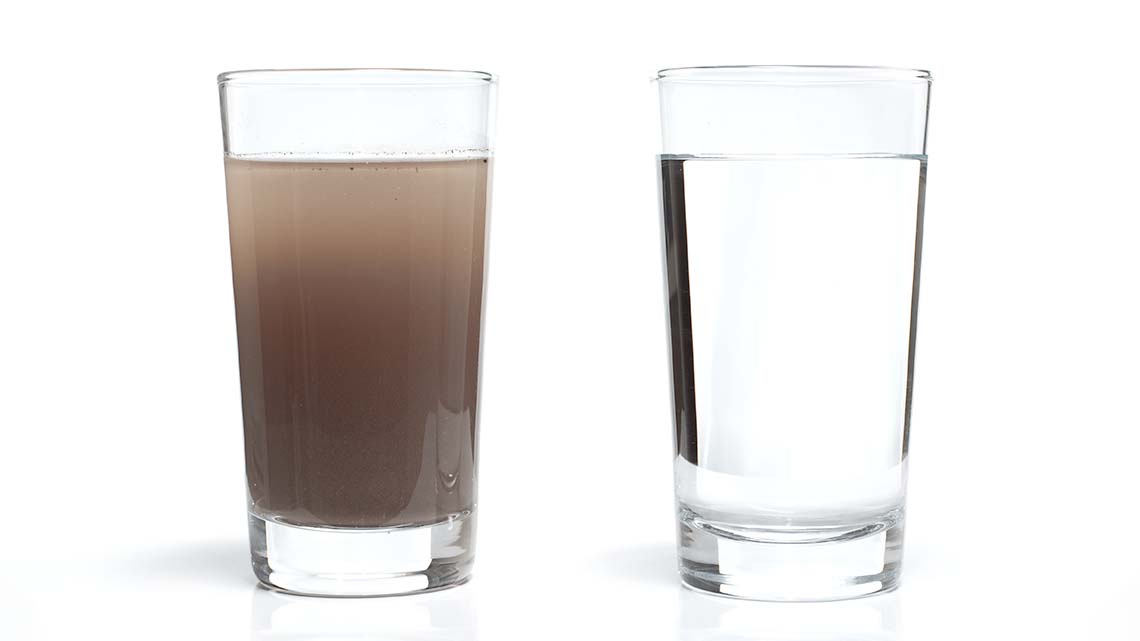
As a result of these histories, many Indigenous communities today cannot fish or harvest in their traditional ways. There are also many Indigenous communities that are living without the services that are afforded to neighbouring non-Indigenous communities such as clean drinking water, accessible healthcare, and properly funded education. Reserves receive fewer resources than non-Indigenous communities and do not have control of their water and water treatment facilities. As time passes, awareness is increasing and steps are being taken, but there is still much work left to do.
Inquiry: Investigating water and sanitation issues globally
Global connection

The United Nations (UN) is a group of many countries from around the world that have come together to create a better future for people and the environment. They have created 17 goals called the Sustainable Development Goals.
This learning activity is connected to Goal #6: Clean Water and Sanitation. This means everyone should have Safe drinking water and sanitation. Having clean water affects not only health but things like reducing poverty, having food security, and having a sustainable ecosystem.
Factors that impact water issues
There are several factors that impact water issues. Press the following tabs to learn more about the factors impacting clean water.
Due to geography, climate, engineering, regulation, and competition for resources, some regions seem relatively flush with freshwater, while others face drought and pollution.
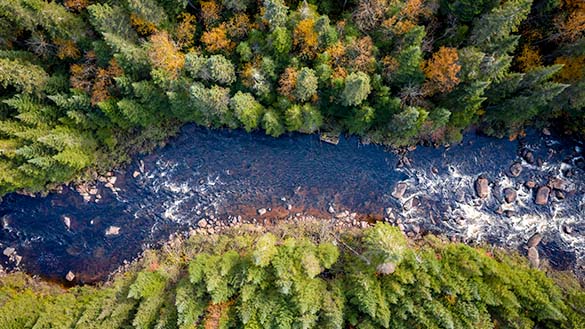
In some countries, there is a lack of water systems and infrastructure that have been built and are available to communities so they have access to clean water. In some areas, if these systems do exist, they are poorly maintained. In some countries, the lack of infrastructure means that women and children are responsible for trekking many kilometers each day to obtain water and carry it back to their communities. This can negatively impact their ability to work or go to school.
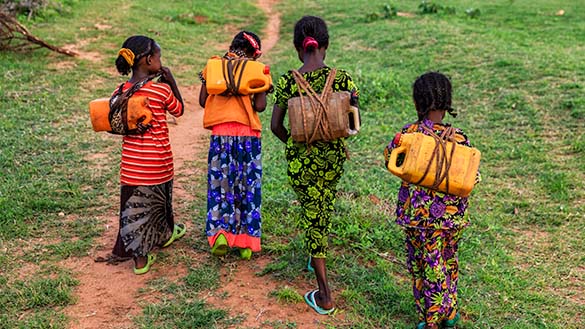
In several countries around the world, a major contributor of water contamination is open defecation, which means using fields, forests, lakes, and rivers (or other natural, open areas) to deposit feces rather than using a toilet. This is further complicated by the contamination of water from natural disasters such as reoccurring floods.
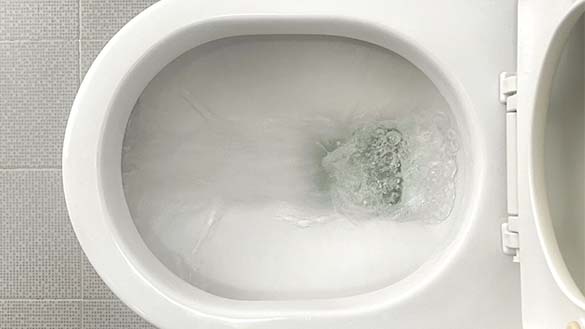
There are many different factors that contribute to water pollution. Excess water from heavy rainfalls and melting freshwater glaciers carry fertilizers and pollutants into nearby waterways, which impacts the availability of clean water. This can result in algae blooms that are harmful to aquatic ecosystems and human health.
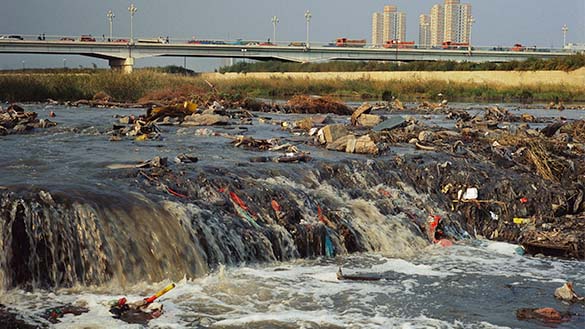
As global temperatures rise around the world, there are more severe droughts and floods. Climate change impacts the amount of precipitation that falls and the intensity of weather events. As the global temperature increases, more water is evaporating, which will lead to more frequent, heavier, and intense rainfall amounts. This amount of water will likely be more than vegetation and soil is able to absorb. Excess run-off will carry fertilizers and pollutants into major water ways and can lead to flooding.
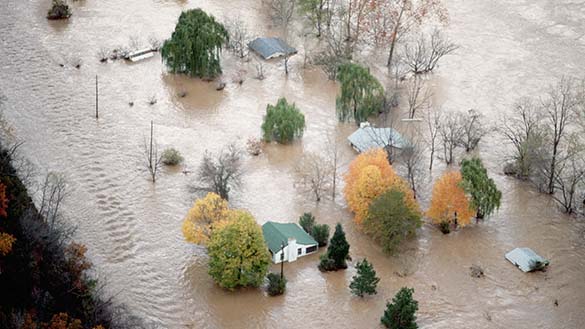
Solutions
A non-government organization (NGO) is an organization that functions independently from the government and works for no profit. There are several different NGO’s that are working to solve access to water and sanitation issues globally. One of those NGO’s is UNICEF Canada. Learn more about UNICEF Canada below.
NGO: UNICEF Canada
UNICEF is short for “United Nations Children’s Fund” and works in various countries to support children and help them survive by keeping them healthy, protected, and educated. In various countries, such as Uganda and Chad, UNICEF has partnered with communities to support children’s access to clean water and basic toileting needs. Many children got sick and weren’t able to go to school because of dirty water. Girls had to drop out of school when menstruation happened because they didn’t have proper hygiene products.
|
NGO: UNICEF (United Nations Children’s Fund) |
|
|---|---|
|
What countries are they working in? |
|
|
What are they doing to address clean water and sanitation? |
|
UNICEF works in these countries to educate both boys and girls about menstruation and hygiene management. They are also funding new solar powered water pumps to provide clean sanitation to all children.
Task: Learn about an NGO
Choose one of the following non-government organizations to research. Begin by researching on their website.
NGOs
Choose one of the following NGOs:
Access the following fillable and printable document Non-Government Organization graphic organizer or use another method of your choice to highlight their efforts in providing access to safe and clean drinking water.
| Your selected NGO: | |
|---|---|
What countries are they working in? |
|
What are they doing to address clean water and sanitation? |
|
Press the ‘Activity’ button to access Non-Government Organization.
I can choose resources by:
I can record information by:
Consolidation
Call to action: Educate your community!

An image split into three sections, the first image is of a person holding a computer displaying a pie graph, the middle image is of person wearing headphones and speaking into a microphone, and the last image is of a video on a phone titled 'Stop Pollution'.
Choose one of the water or sanitation issues that you explored in the Action section. What small (or big) thing can you do to make a difference?
Choose one of the following formats to share and educate those around you on your chosen issue:
- short skit
- commercial/public service announcement
- infographic
- podcast
- another method of your choice
You may need to gather a few more pieces of information to support what you’ve already learned.
Create your call to action using the method of your choice.
My call to action has included:
Reflection
As you read the following descriptions, select the one that best describes your current understanding of the learning in this activity. Press the corresponding button once you have made your choice.
I feel…
Now, expand on your ideas by recording your thoughts using a voice recorder, speech-to-text, or writing tool.
When you review your notes on this learning activity later, reflect on whether you would select a different description based on your further review of the material in this learning activity.